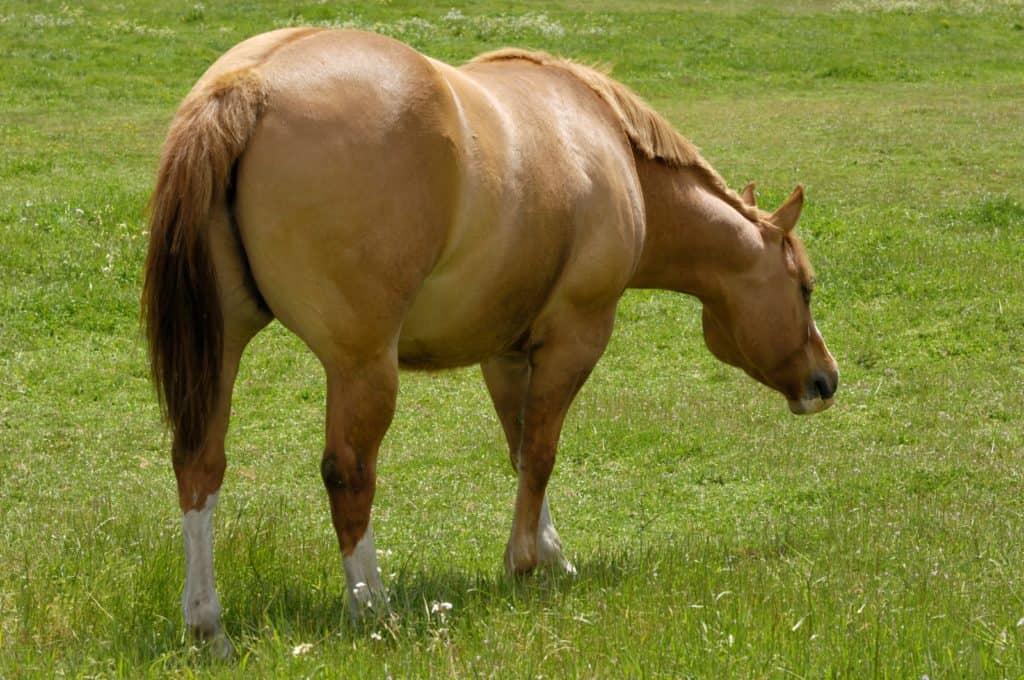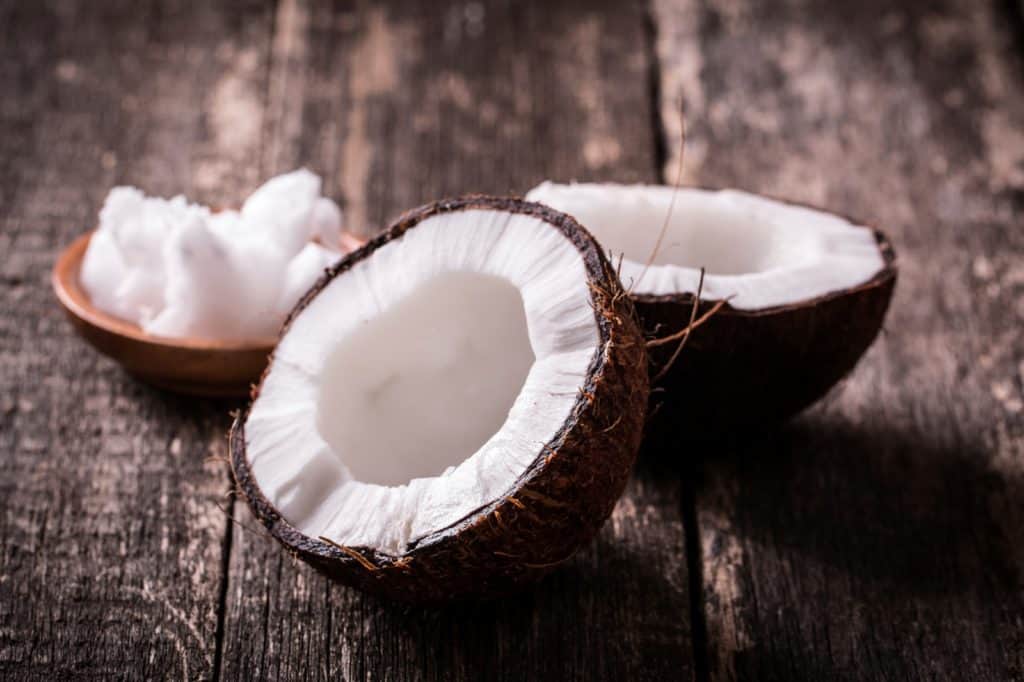
Managing and Caring for the EMS Horse
Equine metabolic syndrome can cause obesity, insulin resistance, and laminitis. Find out how to care for your EMS horse during our live event.

Equine metabolic syndrome can cause obesity, insulin resistance, and laminitis. Find out how to care for your EMS horse during our live event.

Dr. Amanda Adams is studying obesity’s effects on metabolic and inflammatory components, particularly in EMS horses.
Equine lecture topics will include feeding endocrine-challenged horses, allergies, equine aging, supplements, and more.

A British veterinarian describes what scientists think happens in the body with endocrinopathic laminitis cases and why.

Are there any parameters for offering senior feeds to horses diagnosed with Cushing’s and laminitis?

Take steps to reduce the risk of laminitis development, such as combating obesity and reducing pasture and NSC intake.

Studying diseases across species can benefit horses as well as people.

Researchers observed a decrease in the fecal microbial diversity in EMS horses compared to metabolically normal horses.

EMS did not appear to significantly impact horses’ humoral responses compared to age-matched controls, researchers said.

Researchers hope the test will help them predict laminitis risk based on ponies’ insulin responses to food.

Elzinga hopes to gain a better understanding of mechanisms that could predispose a horse to developing laminitis.

Researchers found that test results should be interpreted differently for donkeys than they are for horses.

The team confirmed that EMS horses aren’t always fat, but that obesity can point to an underlying metabolic condition.

Coconut, or copra, meal could be useful for horses requiring low-NSC diets, researchers found

Current treatment options can be successful but only with sufficient veterinary support and advice, researchers found.
The foundation is supporting projects on EMS, juvenile idiopathic epilepsy, and hoof imbalance and lameness.
Stay on top of the most recent Horse Health news with
"*" indicates required fields